Corks are popping in Turin. Prosecco is being skilfully spilled down throats in celebration of the Fiat 500’s 60th birthday.
And with good reason: the Nuova 500s that left the city’s Mirafiori plant on 4 July 1957 became the first of four million, and two million more have been shifted since the 500 badge was revived a decade ago.
This article was originally published on 5 August 2017. We're revisiting some of Autocar's most popular features to provide engaging content in these challenging times.
The little Fiat has come a long way. As has our particular example, a sportily trimmed petrol 1.2 S. Born at the Tychy plant in Poland, it has been brought by us to the still, hushed gloaming of Glen Torridon in the Scottish Highlands. We’re 1400 miles by road from Turin, but it might as well be a million. Even the Romans didn’t make it this far. It’s 10pm and photographer Luc Lacey is eking out a shot from the remaining light. In half an hour, we’ll be in a lochside hotel, making our own toast with a whisky that has been hiding in a cask since before the millennium. Yes, we’re celebrating the 500’s big six-o with a lap of the North Coast 500.

Our journeys began earlier that day: mine from Edinburgh by road, Lacey’s from London by air. We met at Inverness Airport. The 500 had proved a surprisingly adept cruiser on the long slog up the A9. We know it’s accomplished in town, too – easy-going, nimble and small enough to dock where others daren’t – but will it be a fish out of water on the 500 miles of helter-skelter tarmac that make up the North Coast 500? With just 68bhp and 75lb ft, it’s likely to be the least potent car out here. And despite its tiny kerb weight of 865kg, 0-62mph takes 12.9sec. Given just three days to cover the route, the little car faces a big challenge.
With the rear backrests dropped to accommodate Lacey’s photographic kit, we’re paying homage to the 1957 car’s two-seat layout. Not much we can do about the rest, though: front-engined, front-drive and front-hinged doors all contradict the original. Our car has five times the power, twice the weight and it’s 30% longer, too.






































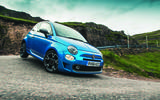




































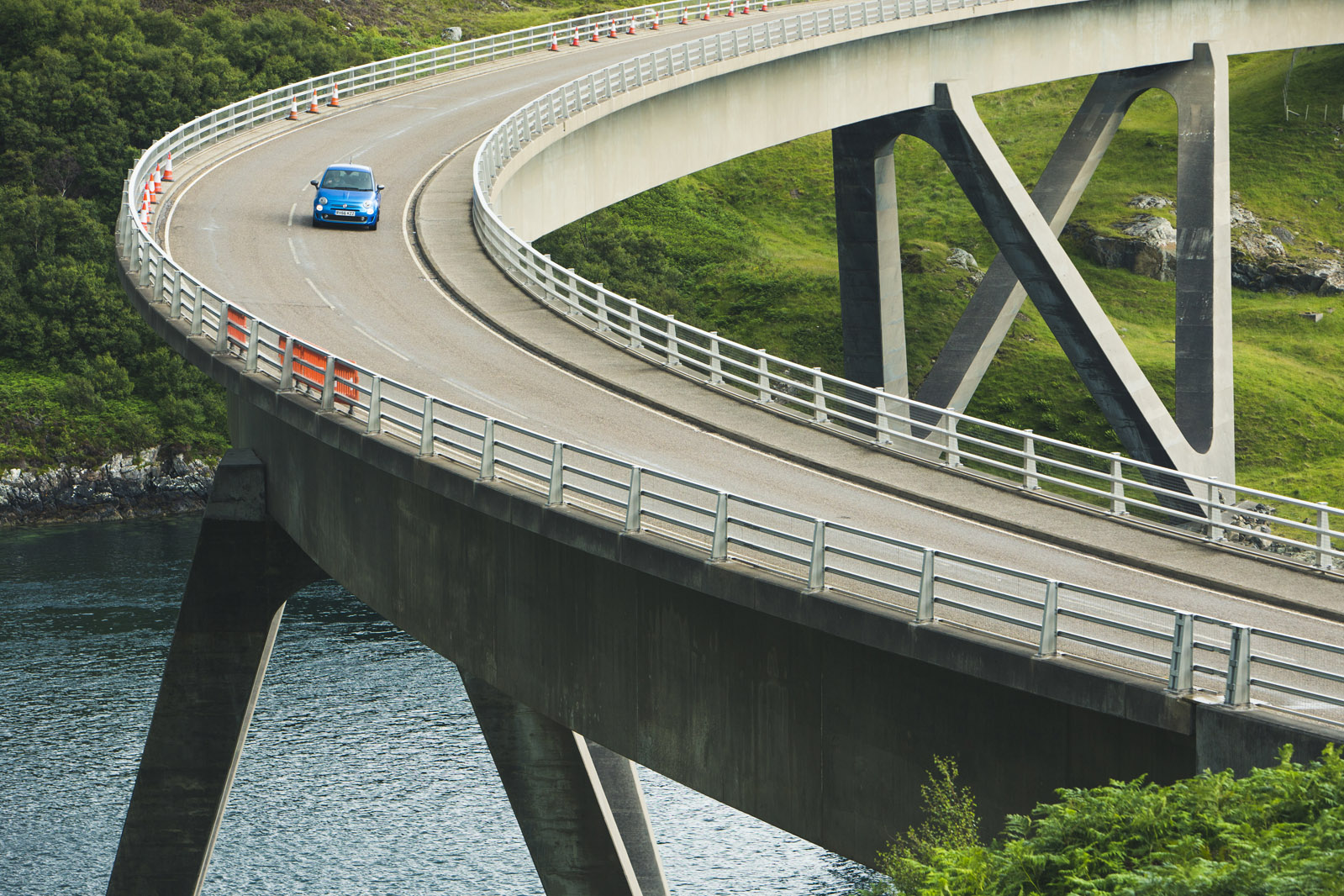
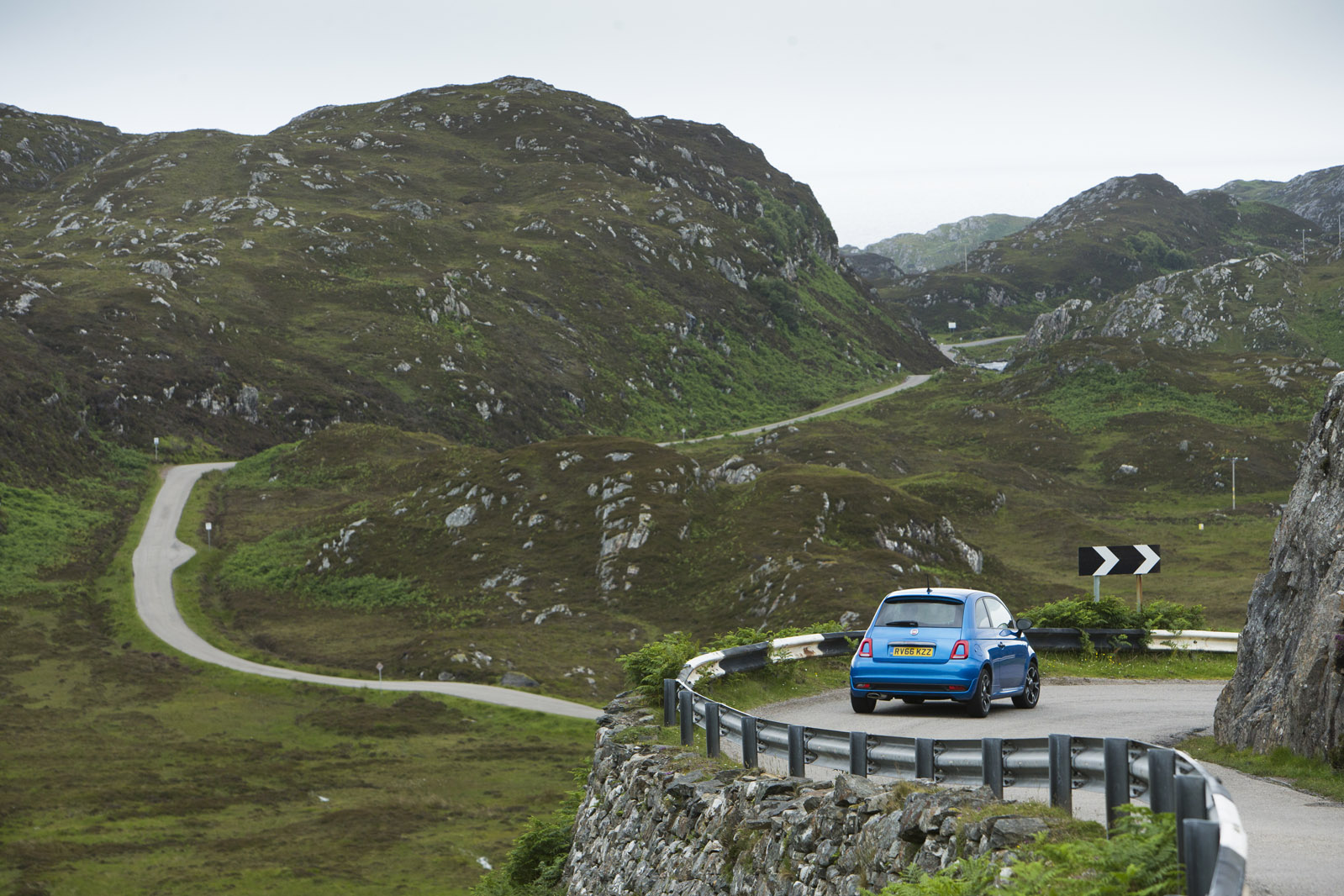
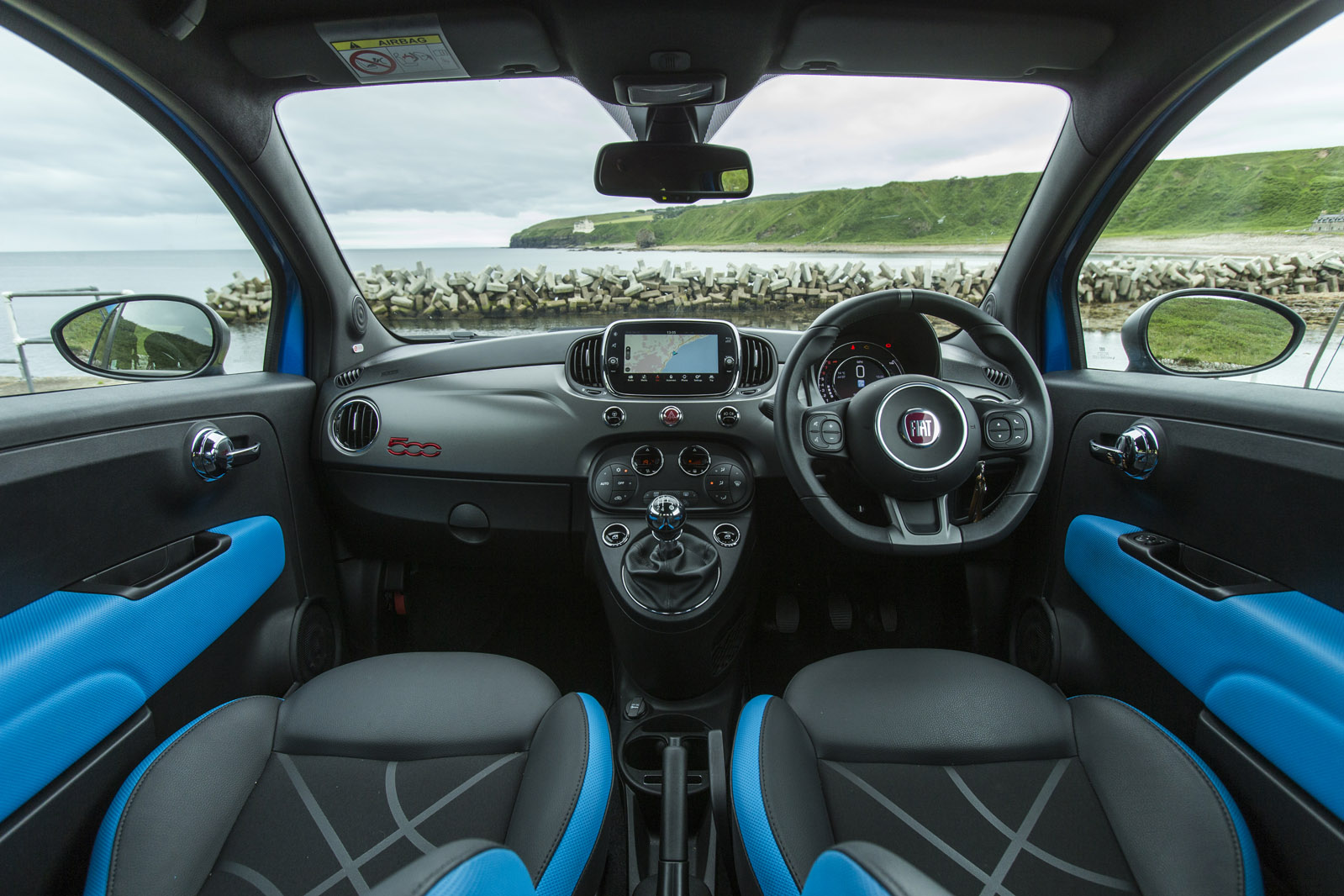
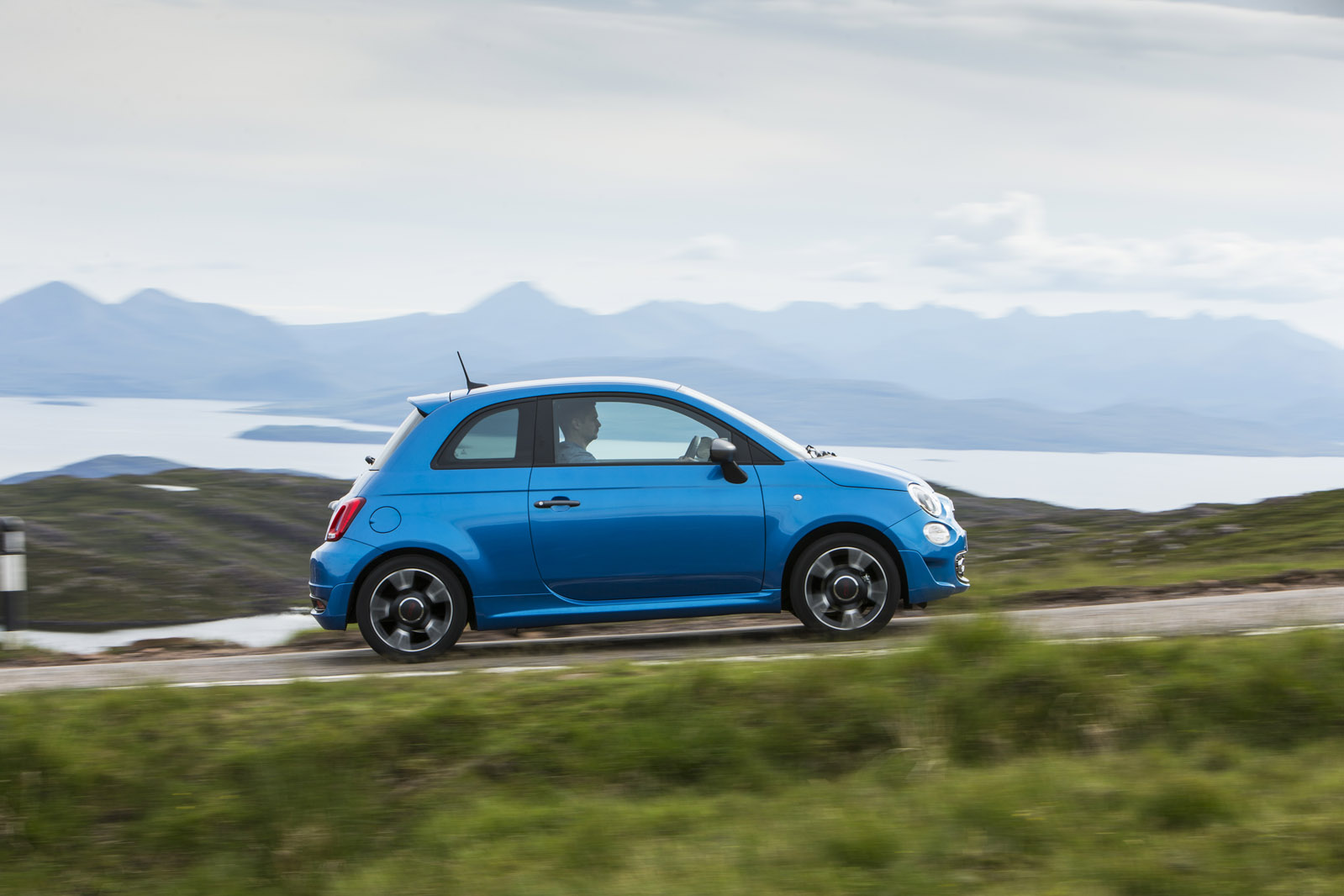


Join the debate
Add your comment
In my view, the great thing
In my view, the great thing about the 500's design, which justifies the 60 years' hook, is that if it had been produced consistently, with its design continuously evolved, it might look as it is (or maybe a bit more influenced by the FIAT 126 deviation). Mini did nearly similarly but is still a little too retro.
VW failed to do this with the Beetle, which by now might otherwise resemble a small. slightly more upright Porsche 911. Pity about that.
Great road
Really enjoyed this report, followed route with a map. Have driven some of this but not the North West from Applecross to Tongue. This route and many on the western Isles offer some really memorable driving experiences. Doesn't really matter what you drive, but a great car would make this unforgettable. This FIAT may only have the name of the original, but two million sales in ten years proves its a hit, and cute though the original is, this modern version is far more refined yet has at least some character. More of this type of report please!
Did the same trip in the late '60s
"It’s best to fill the tank whenever you can up here." - agree, it was only a 4-gallon (18 litres) tank - but it was under a £1 to fill. Most of the road around the NW coast was single-track with passing places; which slowed progress and involved a lot of double-declutching. Happy days